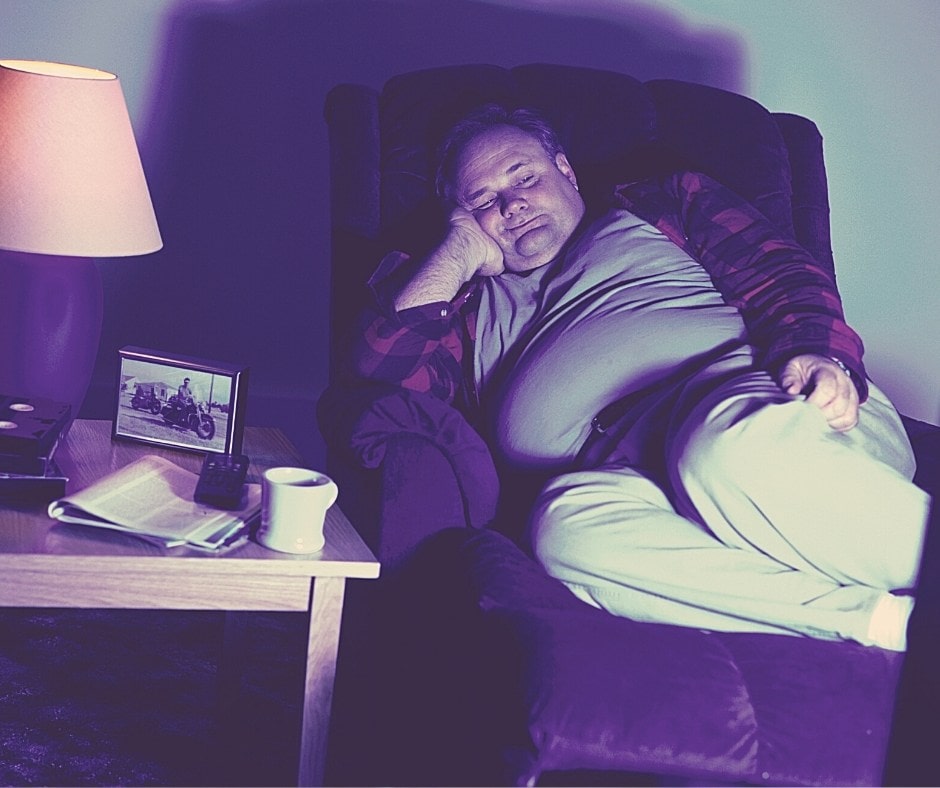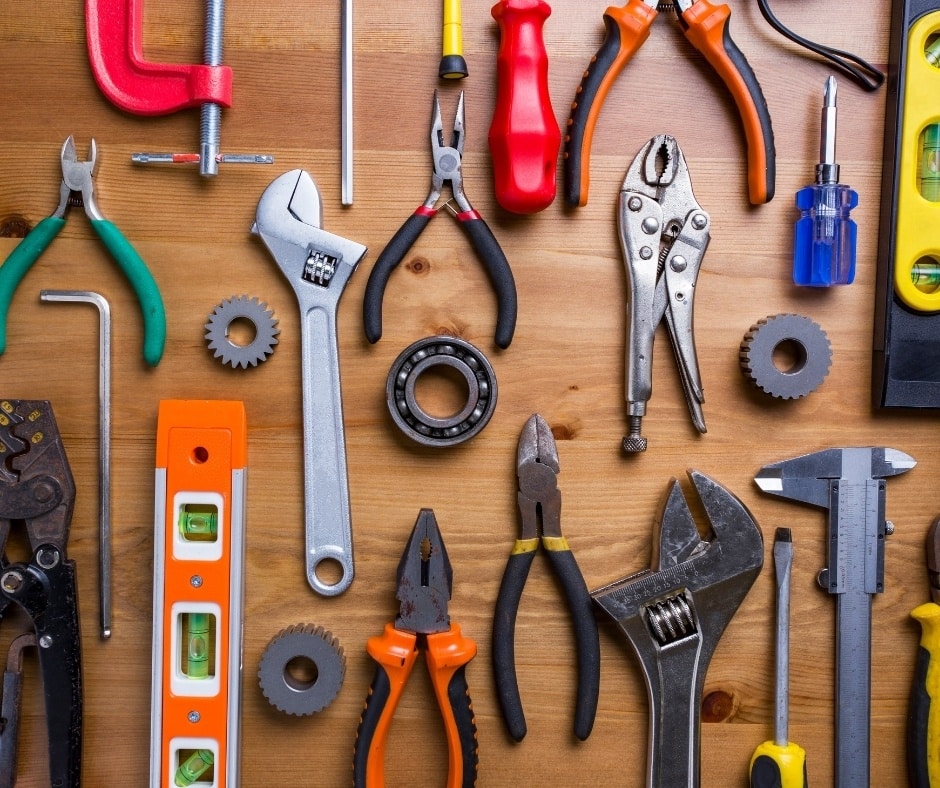A recliner is the closest thing you have in your home to a throne. It’s probably the most expensive chair you have and might even come with a lot of little extras to make the experience of using it luxurious.
One thing that will take away from that is if the chair starts to lean to one side. It’s a clear sign that the chair needs repairing and the longer you put it off the more expensive it will be. Fortunately, in some cases, you can repair it yourself.
We took a look at some of the more common reasons why recliners lean and how you can fix them. We also offered a few hints when it’s time to take your chair to a professional. It will cost you a bit more, but considering the likely cost of full replacement, it’s a worthwhile investment.
In This Article We'll Discuss
What Can Cause a Recliner to Lean to One Side?

The most common reason a recliner will start to lean to one side is a failing reclining mechanism. If this is the case, it is almost always something you can repair at home with basic hand tools.
There are a few other reasons why a recliner might start to lean to one side.
Tension springs on either side cause also cause the recliner to lean, poor construction could result in a recliner that came to the showroom floor unbalanced; or you might favor one side due to uneven padding or a floor that isn’t completely level, which leads to uneven wear; or the frame itself could just come loose over time.
Many of these are the result of wear-and-tear over time, and some simple maintenance or part replacement could spare you the expense of taking it to a professional.
How to Fix a Leaning Recliner

You can fix many of the things that cause a recliner to lean at home with some simple tools. We’ll go through some of the common causes and how you can fix them.
The process to get into the guts, where you’ll make any mechanical repairs, is the same. Make sure you have the right kind of screwdriver, a pry bar, a pair of pliers, some generic lubricating oil, and maybe some wood glue.
Fold the footrest into the recliner and tilt it so that the bottom is exposed onto its back. If there is a covering at the bottom of the chair, remove that and hold on to the screws. You’ll want clean access to the machinery.
Check the joints where they are screwed together to make sure the bolts are tight. While you’re at it, you might as well lubricate those joints. The problem could always be that one is dry and doesn’t move as quickly as its counterpart.
If you find parts that have hairline fractures or look worn, warped, or bent, you’ll want to replace those as quickly as possible. If the wooden parts of the frame are cracked, you can try to glue them together, but you should probably replace any fractured wooden parts.
Inspect the tension springs to see if one is loose and whether one or both require replacement. You’ll know one needs to be replaced if it won’t hold its shape. If you find that one needs to be replaced, don’t use your recliner until you have a replacement to avoid damaging the chair.
Once you have it, use your pliers to pull the spring from its attachment points and slide the replacement in.
If the cause of your recliner’s lean is either an uneven floor or padding, the solution is much simpler. Even it out. If you find that you sit in it in a way that causes the padding to bunch up to one side, try to make your use more even.
Those aren’t likely to cause lasting damage to the chair, although uneven use is likely to cause wear on one side that will require more maintenance on that side.
Signs You Should Hire a Professional

The first sign that you should hire a professional is pretty simple: If you have no idea what you’re doing or you can’t find the problem. Trying to fix a problem you aren’t sure is there is a good way to not repair it and to possibly damage your recliner more.
Another sign that you should hire a professional is that your recliner is under warranty.
If it is still under warranty, you should be able to get professional-level results for free. On the other hand, doing home repairs might void your warranty, leaving you on the hook if something even more costly breaks.
There are a few other reasons why you should probably hire a professional.
The first is that you just simply don’t have the tools for the job. Indeed, buying the basic tools — a screwdriver, pliers, glue, and lubricant — will cost a lot less than taking your chair in for repairs, but if you don’t have those tools you probably lack the skills to do the job.
Be honest with yourselves about your limitations.
If your recliner costs a lot of money, you might want to take it in. Home repairs are ideal for older recliners as a way to squeeze as much life from them as possible. If you spent a lot of money to buy it, prepare to pay to maintain it. Repairs are part of the investment.
Finally, if your recliner is electric, the problem could be something other than mechanical. And unless you have experience working with electrical components, it can also be a bit dangerous.
Conclusion
If you’re a handy person, most repairs to correct a leaning recliner are within your ability to pull off. We took a look at some of the most common ones and what steps you should take and what tools you need to correct them.
We also took a look at when it’s time to get a pro to look at your recliner. No matter how handy you think you are, if you’ve spent a lot of money on your chair you might need to pay extra.
If you found this guide useful, please let us know by leaving a comment down below. We’d also invite you to share this article on your social media networks. You might have followers who themselves have recliners that lean.

